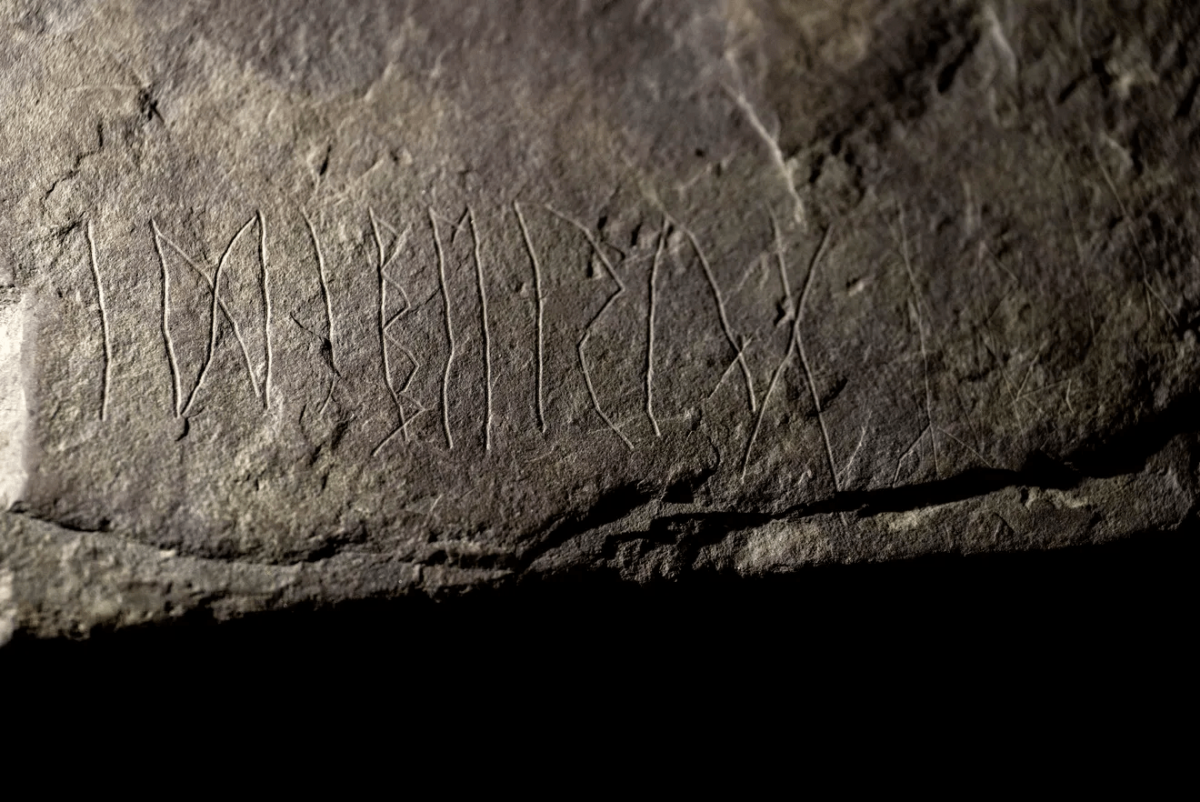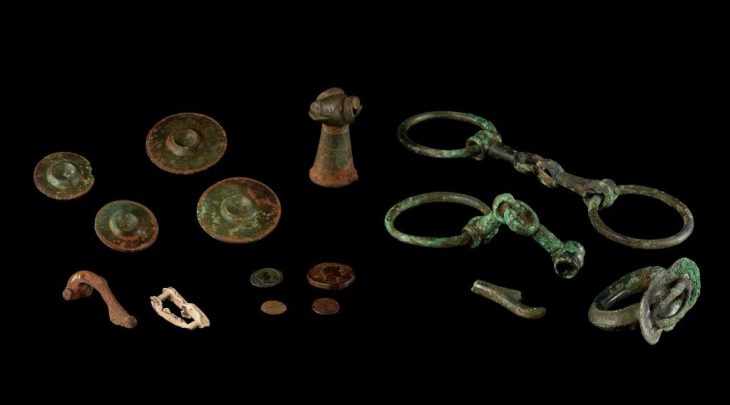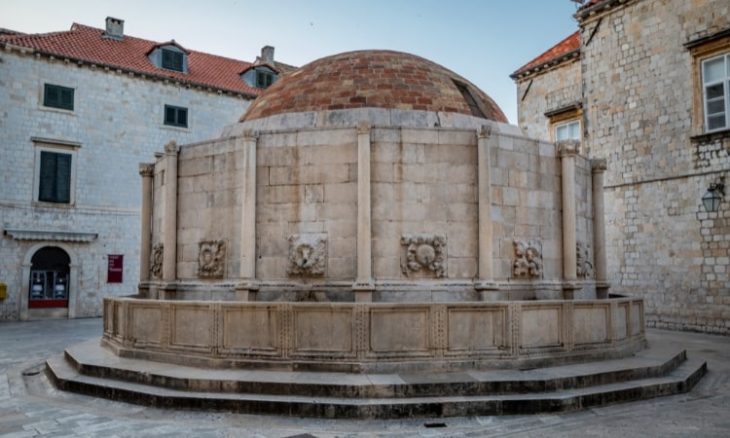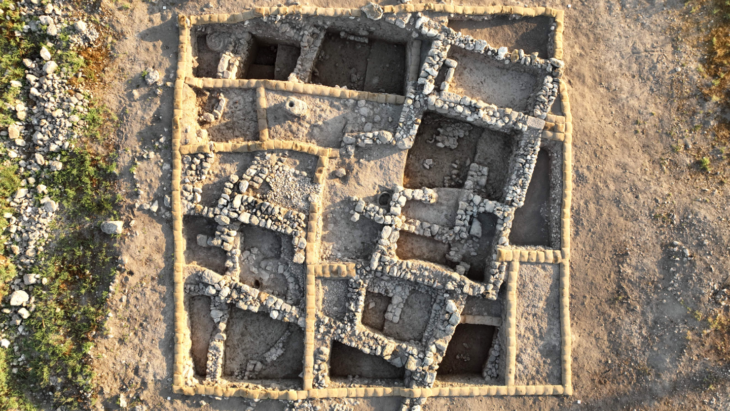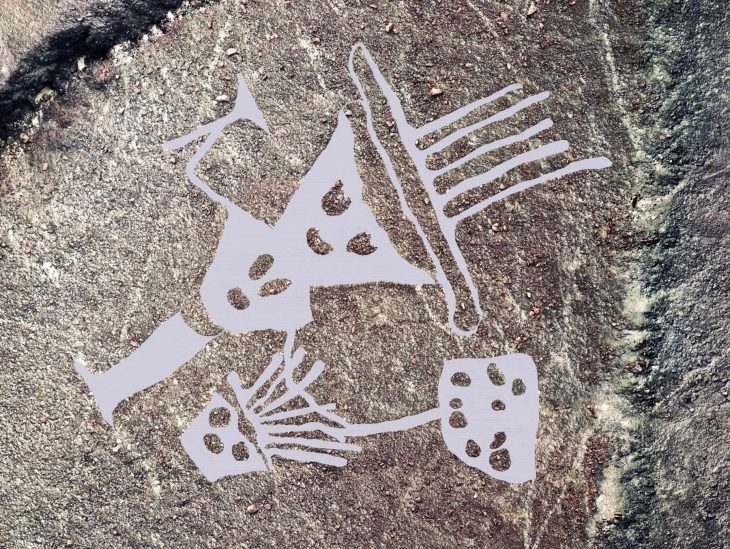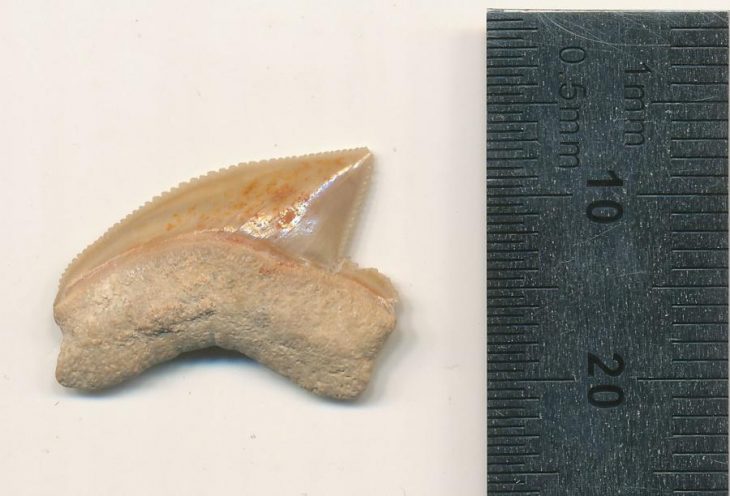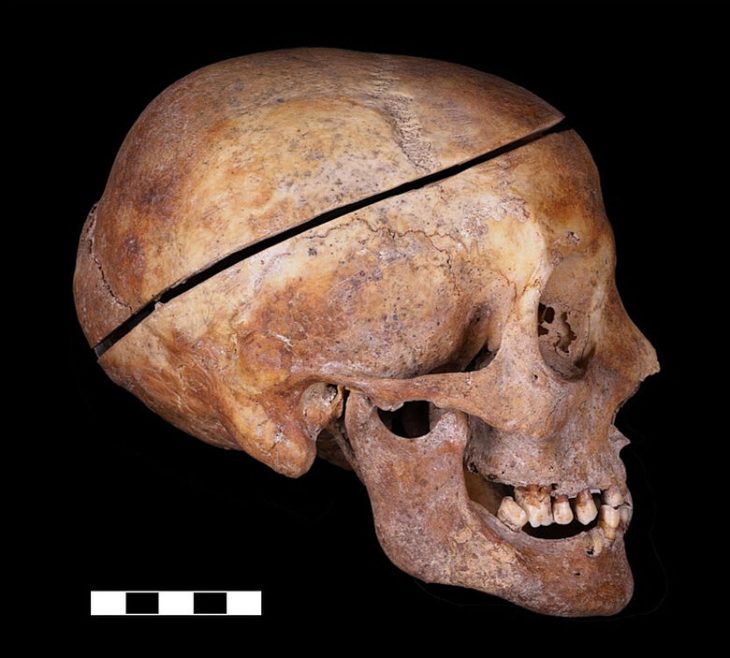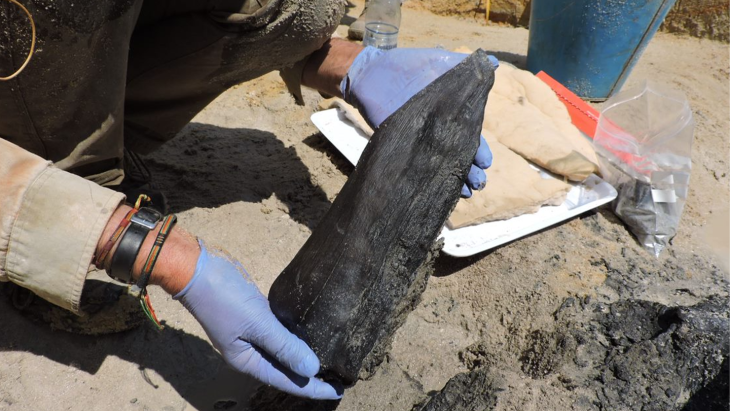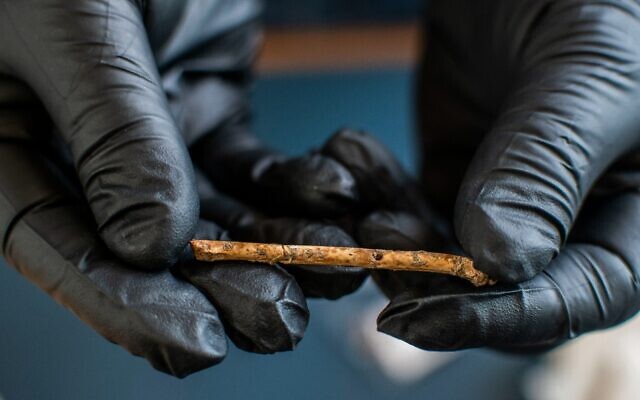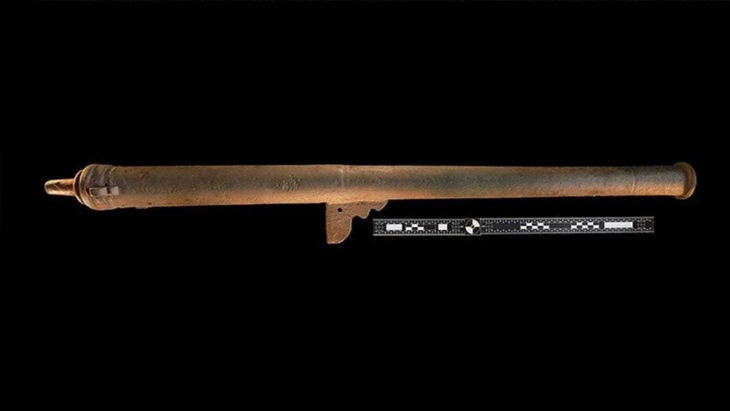The oldest known Rune stone in Norway has been discovered by Norwegian archaeologists working at the Museum of Cultural History in Oslo.
Sometime between 1,800 and 2,000 years ago, someone that spoke an early form of the ancient Nordic language stood near Tyrifjorden, west of Oslo, and carved runes into a flat, square block of reddish-brown sandstone, the Museum of Cultural History in Oslo said in a statement Tuesday.
The 30 by 30 centimeter (12 by 12 inch) square brown sandstone rock was discovered during the excavation of an ancient burial ground in late 2021, northwest of Oslo, ahead of the construction of a railway line.
Carbon dating of bones and wood found in a grave beside the rune suggest that it was inscribed sometime between year one and 250 AD, Oslo’s Museum of Cultural History said.
The runestone is made from reddish-brown Ringeriks sandstone and has been named after the place of its discovery, Svingerudsteinen.
📣 Our WhatsApp channel is now LIVE! Stay up-to-date with the latest news and updates, just click here to follow us on WhatsApp and never miss a thing!!

Eight runes that have been deciphered as the words Idiberug, Idibergu, Idiberga, or Idiberung in a Proto-Germanic language that predates Old Norse are carved into the stone.
Professor Kristel Zilmer, from the Cultural History Museum, University of Oslo, said: “The text possibly refers to a woman called Idibera, and the inscription may mean “For Idibera”. Other possibilities are that idiberug reproduces a name such as Idibergu/Idiberga, or perhaps the family name Idiberung.”
Runes first appeared in the 2nd century AD and continued through the Viking Age and late Middle Ages. When the Scandinavian peoples were Christianized around AD 700 in central Europe and AD 1100 in northern Europe, runes were generally replaced by the Latin alphabet
Around 30 runestones from the Iron Age were discovered in Norway. Several thousand stones with runic inscriptions from the Viking Age have survived in Scandinavia. Early runic inscriptions developed in Scandinavia as a result of cultural contact; the Roman Latin alphabet may have served as a model.

